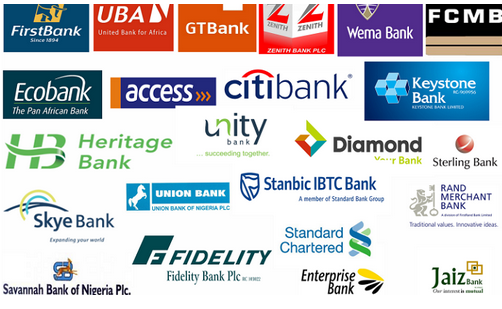Interbank rates eased this week as liquidity in Nigeria’s money market improved due to fresh inflows from Remita and cash reserve maintenance credits. Despite remaining in deficit, the banking system’s liquidity balance saw a boost from these inflows.
Nigerian Interbank Offered Rates (NIBOR) dropped across all tenors, signaling improved liquidity in the financial system, according to Cowry Asset Limited. Analysts noted that last week’s liquidity was constrained by significant outflows for auction settlements, with short-term benchmark rates holding at double digits in anticipation of the upcoming Monetary Policy Committee meeting.
FMDQ platform data showed the Overnight Policy Rate (OPR) dropped by 1.52% to 30.43%, while the Overnight Rate (O/N) fell by 1.43% to 31.05%. Despite the overall negative liquidity, Remita inflows and net CRR credits supported a modest easing in rates. Analysts from AIICO Capital Limited expect interbank rates to remain stable unless major debits arise.
Throughout October, Nigeria’s interbank market faced liquidity challenges driven by the Central Bank of Nigeria’s (CBN) foreign exchange interventions, CRR debits, and frequent Open Market Operation (OMO) settlements. October started with a significant credit of ₦709.32 billion, but liquidity dwindled, averaging a debit of -₦579.71 billion, compared to -₦26.13 billion in September.
While Federal Accounts Allocation Committee (FAAC) disbursements, Remita credits, and other inflows temporarily reduced liquidity pressures in mid-October, interbank rates hit lows of 19%-25% by month’s end. However, funding pressures remained high, with rates spiking to 34% during peak OMO settlements, eventually settling around 26%-27% after FAAC inflows.
At October’s close, the Open Repo Rate (OPR) and Overnight Rate (OVN) rose by 2.92% and 2.78%, averaging 30.59% and 30.99%, respectively.














